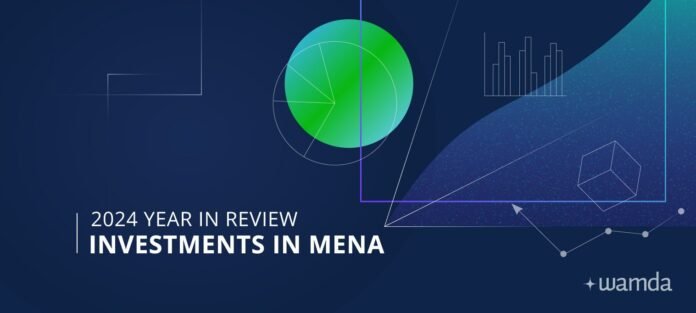Resilience in the MENA Startup Ecosystem: A 2024 Overview
The Middle East and North Africa (MENA) startup ecosystem has demonstrated remarkable resilience in the face of funding declines, showcasing a dynamic landscape filled with opportunities and growth. In 2024, MENA startups recorded a total of $2.3 billion in investments, reflecting a 42% year-on-year (YoY) decline. However, when we exclude debt financing from the equation, the decline narrows to a more manageable 11%. This nuanced perspective reveals that while the overall funding landscape has shifted, the activity within the ecosystem remains robust, with 610 deals marking a 3.5% YoY increase.
Regional Highlights: UAE, Saudi Arabia, and Egypt Lead the Charge
The United Arab Emirates (UAE) emerged as the frontrunner in the MENA startup scene, raising an impressive $1.1 billion across 207 startups. This significant investment underscores the UAE’s position as a hub for innovation and entrepreneurship in the region. Following closely is Saudi Arabia, which secured $700 million through 186 deals, reflecting the Kingdom’s ongoing commitment to diversifying its economy and fostering a vibrant startup culture. Egypt also made notable strides, attracting $334 million across 84 deals, showcasing its potential as a burgeoning startup ecosystem.
Interestingly, Oman has climbed to the fourth position with $41.5 million raised, indicating a growing interest in its entrepreneurial landscape. Meanwhile, North African countries are not to be overlooked; Morocco and Tunisia led the charge in this region, raising $20.8 million and $13.1 million, respectively. Smaller ecosystems like Jordan, Qatar, and Lebanon, while still developing, showed modest growth, hinting at their long-term potential in the startup arena.
Sectoral Diversity: Fintech Takes the Lead
Diving deeper into sectoral performance, fintech emerged as the dominant player, accounting for 30% of total funding with $700 million raised. This trend highlights the increasing reliance on digital financial solutions in the region, driven by a growing demand for innovative banking and payment systems. In Saudi Arabia, Software as a Service (SaaS) also excelled, propelled by the Kingdom’s tech push and investment in digital infrastructure.
Other sectors like Web 3.0 and e-commerce also performed admirably, with investments of $256.8 million and $253 million, respectively. This diversity in sectoral performance illustrates the MENA ecosystem’s adaptability and its ability to cater to various market needs, from advanced technologies to consumer goods.
Early-Stage Startups: The Backbone of Investment Activity
A noteworthy trend in 2024 is the significant focus on early-stage startups, which collectively raised over $1.2 billion. This emphasis on early-stage funding indicates a healthy pipeline of innovation and entrepreneurial spirit in the region. In contrast, later-stage and pre-IPO rounds experienced limited activity, suggesting that investors may be adopting a more cautious approach as they navigate the current economic landscape.
Gender Dynamics in Startup Funding
Despite the overall positive trends, the funding landscape for female-founded startups remains a critical area for improvement. In 2024, female-founded startups raised just $27.6 million, representing a mere 1.2% of total funding. While this figure marks progress from 2023, it highlights the ongoing challenges women entrepreneurs face in securing investment. On a more positive note, startups co-founded by men and women managed to secure $192 million, indicating that collaborative efforts may yield better funding outcomes.
Conclusion: A Landscape of Opportunity
The MENA startup ecosystem in 2024 reflects a complex interplay of challenges and opportunities. While funding may have declined, the increase in deal volume and sectoral diversity signals a resilient and evolving landscape. As the region continues to adapt and innovate, the potential for growth remains significant, paving the way for a more inclusive and dynamic entrepreneurial environment. For those interested in a deeper dive into these trends, the full report is available here.

